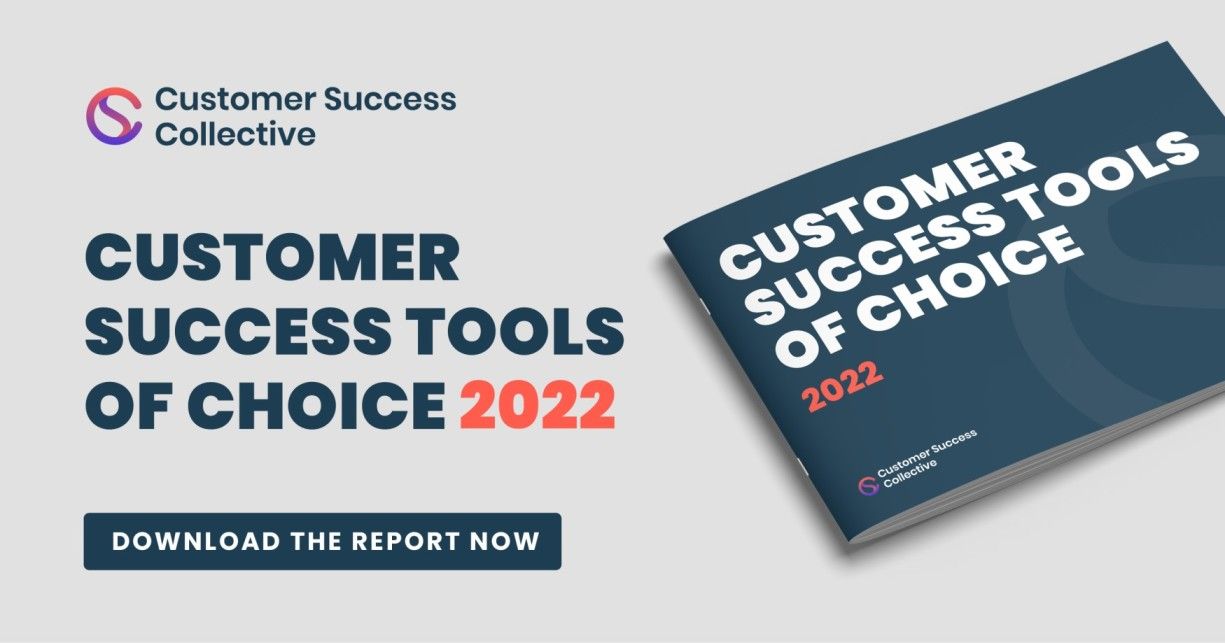This article is based on a presentation given by Michael at the Customer Success Festival in Las Vegas in June 2022.
Catch up on this presentation, and others, using our OnDemand service. For more exclusive content, visit your membership dashboard.
Mergers and acquisitions (M&A) can be a challenging time for any business, filled with uncertainty, complexity, and high-stakes decision-making.
As someone who's been at the heart of such transformative processes, I've experienced first-hand the intricate dance that takes place when two distinct corporate cultures, systems, and expectations converge.
I’m Michael Cauble, Business Excellence & Customer Success Operations Manager at Siemens. And from 2021 to 2022, I navigated through the excitement of being acquired by Microsoft at a previous company and the ongoing complexities of merging divisions at Siemens.
Each experience has offered unique lessons and posed different challenges – from managing team morale to organizational mapping. I've tackled numerous questions and witnessed the ripple effects of these business decisions.
In this article, I’m going to delve into the complexities, challenges, and strategies that can make or break success in the world of M&A.
A year of change: From Microsoft to Siemens
Let's take a step back to 2021, a year that saw a whirlwind of M&A activity with over $6 trillion worth of deals taking place and 62,000 globally, a considerable increase from 2020.
The excitement began for me on my very first day with the cyber security firm RiskIQ, where I learned Microsoft would be acquiring us – a definite "wow" moment!
Fast forward to February 2022, and I decided to leave Microsoft and join Siemens. I got straight into the throes of merging two companies, one focused on hardware and smart building infrastructure (Enlighted), and the other, a workspace solutions app and software firm (Comfy).
We started gearing up for rebranding, which will officially unite these two entities under one banner.
Challenges that can arise during mergers and acquisitions
Throughout both the acquisition and merger processes, numerous challenges and questions can arise that affect both employees and customers. What tends to thrive in an M&A? Uncertainty.
On the internal front, the employees of a company being bought by another company will be asking a lot of big questions about what this means for them:
- Why are we being acquired?
- How does this merger position us better in the market?
- What will happen to our jobs, our office buildings and our brand?
- What will the product portfolio look like?
- Will we have one sales team or multiple?
- What CRM will we use?
- How will our company values and culture be impacted?

Mergers and acquisitions don’t only affect the staff of the companies being bought. Imagine you’re a long-standing client of a B2B company. Let’s call them Company A. Suddenly, Company A announces they’re being taken over by Company B.
What does this mean for your business relationship with Company A? It’s a good question. In fact, there are multiple questions for concern on the client front. If you’re an employee of a company undergoing an M&A, after questioning your job security, your questions will begin to turn to the fate of your customers:
- How will this M&A impact pricing for our customers?
- Will our customers still see value in our products?
- What new products will we offer, if any?
- Will there be conflicts of interest or antitrust issues now that we’re part of a larger corporation?
- What changes will there be to the support they receive?
To ensure all these questions (and more) are answered, there needs to be clear communication at all levels. This cannot be stressed enough.
The importance of communication
The key to answering these questions lies in effective communication.
But company-wide communication can only come from the top. If your company is undergoing a merger and acquisition, your leadership team needs to offer clear, concise, and consistent information. It needs to be spot on. The alternative? Poor communication can undermine strategy execution and employee satisfaction while hindering market adoption and product engagement.
Communication is crucial during weekly meetings, all-hands sessions, one-to-ones, and especially during any interactions between product, customer engineering, and customer success.

Key learnings and insights
A recent Gainsight study found that in 45% of companies customer success owns renewals – just validating a widely-held belief. Some of my key learnings from this M&A process pertain to renewals. For example, we rely on communication to build us and to remain accountable. Communication is key to understanding how well our current processes will fare and evolve.
The operational procedures introduced can bring risks to retention and renewals. Questions that naturally arise include whether our order and renewal processes will change to accommodate new product portfolios or pricing tiers. If we're sunsetting certain products, we need to prepare alternative options for our customers.
These changes need to be communicated to all relevant parties, recorded, and regularly updated.

The power of customer success in M&As
Customer success has never been more important than it is today. According to Gainsight, companies that reported the highest NRR also reported investing 10% of revenue in their CS & CS Ops teams. Retaining accounts is crucial, and it's always more cost-effective to retain a client than acquire a new one. Let’s take the current macroeconomic climate, for example. If the economy enters a recession, retaining customers will be crucial for your organization’s revenue and overall stability.
2021 and 2022 were a rollercoaster ride filled with questions, challenges, and experiences in the world of mergers and acquisitions. The key to navigating these changes is communication, understanding customer needs, and focusing on customer success.
As we continue to evolve and grow, I'm excited to see what the next year will bring.

How M&As can impact team morale
Let’s not beat about the bush – M&As will always have a significant impact on team morale, good or bad. Take Siemens' acquisition by Microsoft as an example. It generated a lot of excitement among our team. After all, Microsoft is an industry titan, known for its resources and stability.
However, it's not all cheers and celebration. Amid the excitement, concerns naturally arose about job security, which undeniably affected team morale. It's essential to remember that although an acquisition can be seen as a successful exit strategy for startups, it also brings about significant change and uncertainty.
The feeling of sadness some may experience is understandable, especially if they've invested considerable time and effort into building a startup. But in the grand scheme of things, being acquired is part and parcel of the startup journey. It's a time of transition that requires understanding, adaptability, and, crucially, open communication.

How to retain your team
For maintaining team retention, clear and consistent communication is vital. Team members need reassurance and transparent information about the changes to expect, their role in the new structure, and the overall vision moving forward. This not only alleviates fears but also strengthens team morale during this period of change.
Primary areas for a successful merger or acquisition
Prioritization is crucial in an M&A situation. In my experience, renewals top the list. This is primarily due to their significant impact on revenue. Coordination between product and engineering teams is vital in this respect.
When it's time for a customer's renewal, if we can't clearly communicate the state of the current product – whether it will remain the same or undergo changes – or if we can't successfully upsell, there's a considerable risk of customer churn.
Following renewals, the tech stack is another critical area to focus on. It's important to identify which parts we'll retain and which parts we'll phase out during the merger. These two – renewals and tech stack management – would undoubtedly be the highest priorities in ensuring a smooth transition and successful outcome.

Organizational mapping during a merger or acquisition
Organizational mapping plays a key role during mergers and acquisitions. Both Microsoft and Siemens excelled at this, providing clear org charts on their internal intranet sites. These platforms serve as crucial hubs for all updates and changes during the transition phase.
The involvement of the HR department in disseminating information through this medium is particularly important. Having a centralized, single source of truth helps to ensure everyone in the organization understands the changes and knows exactly what's happening. This is vital for maintaining clarity and cohesion during an otherwise complex process.
Secure your seat at the big table.
So much of your time is spent grafting to make your customers realize value, why not invest the same in yourself?
Whether you’re a Director or VP of Customer Success, the C-suite Masterclass is your answer to professional progression.
If you’re serious about taking your career to lofty heights, this certification will certainly help expedite your career by offering you strategies, insights, and skills necessary to take a seat at the big table.



 Follow us on LinkedIn
Follow us on LinkedIn





